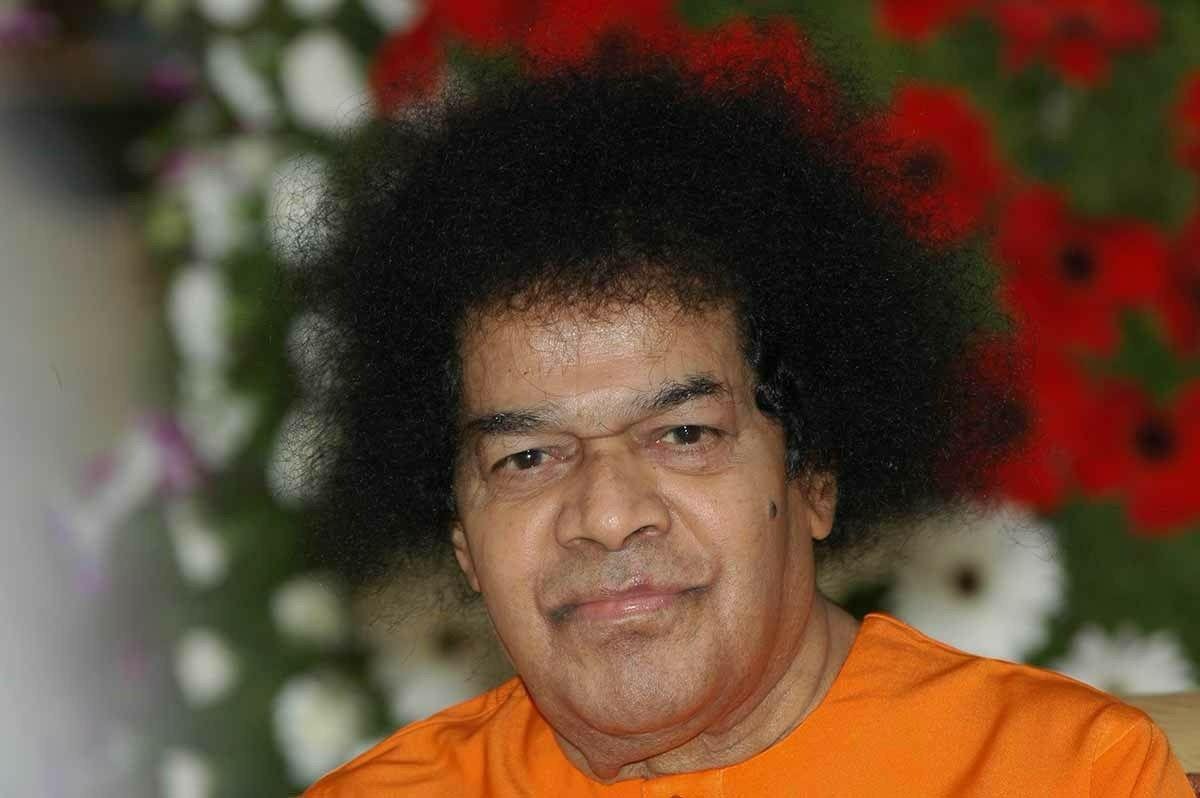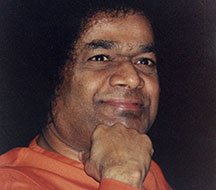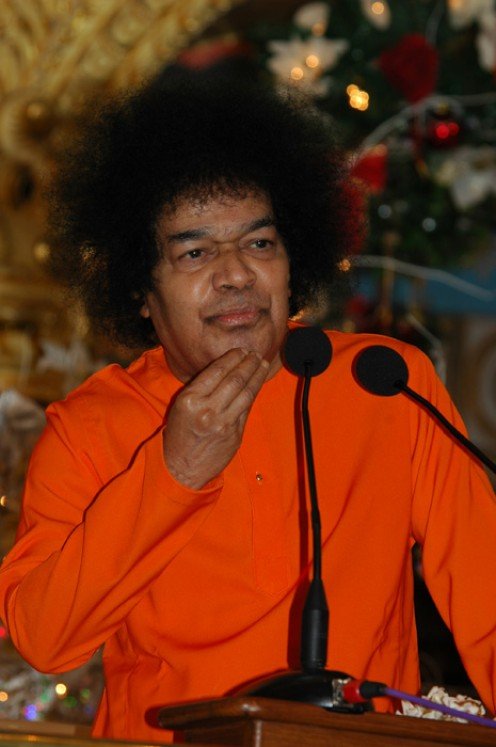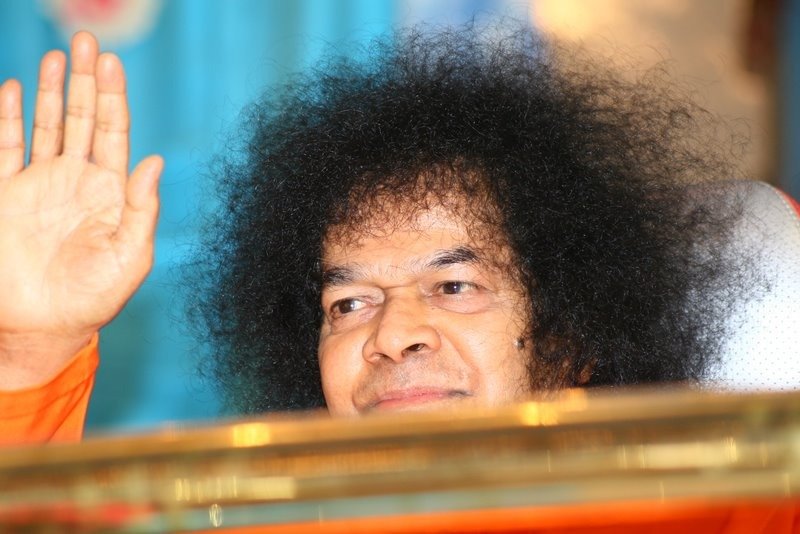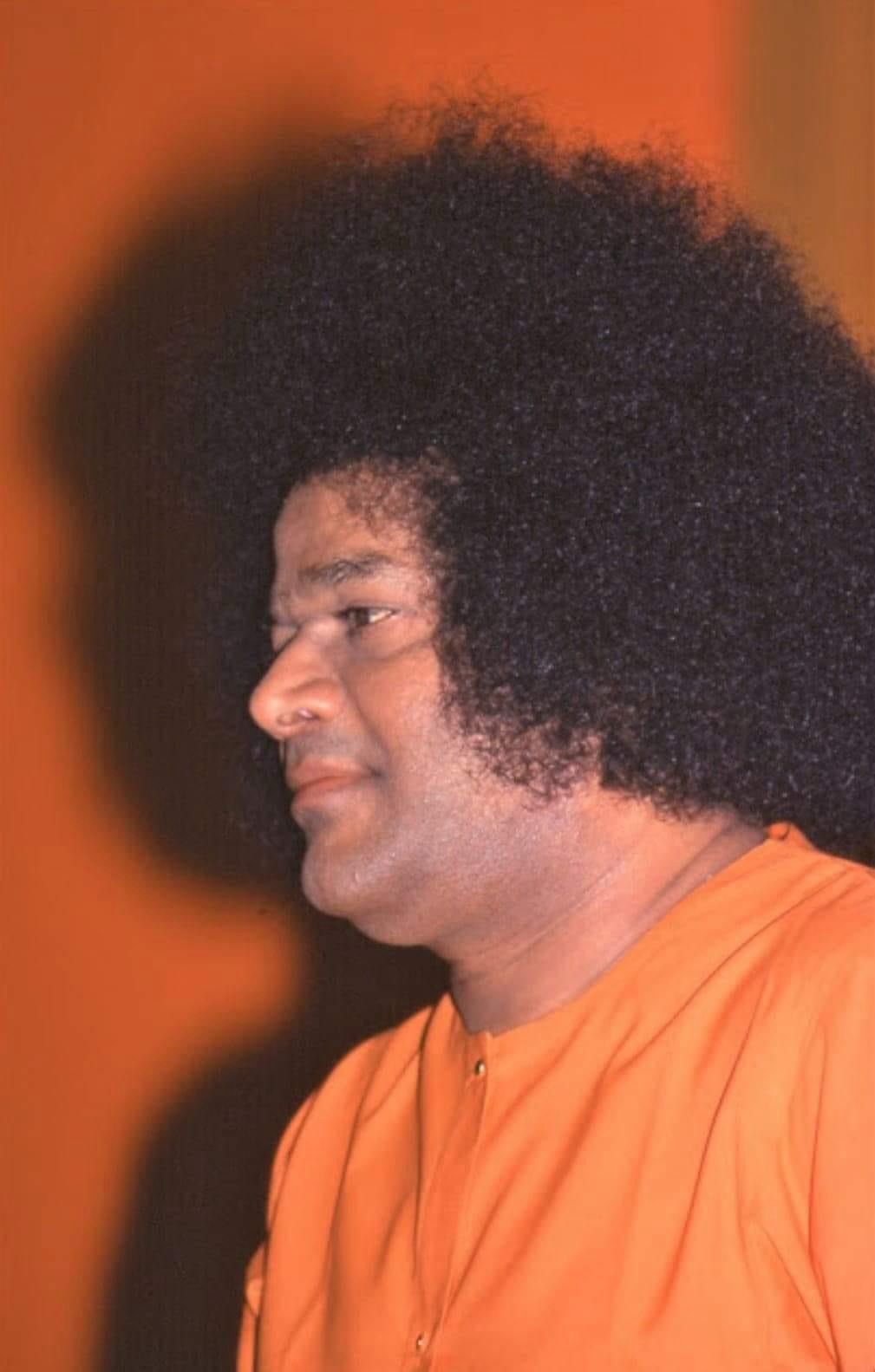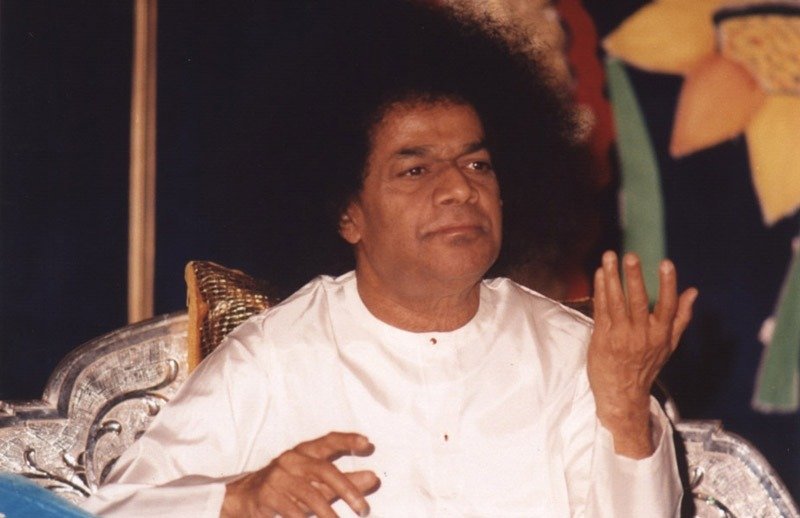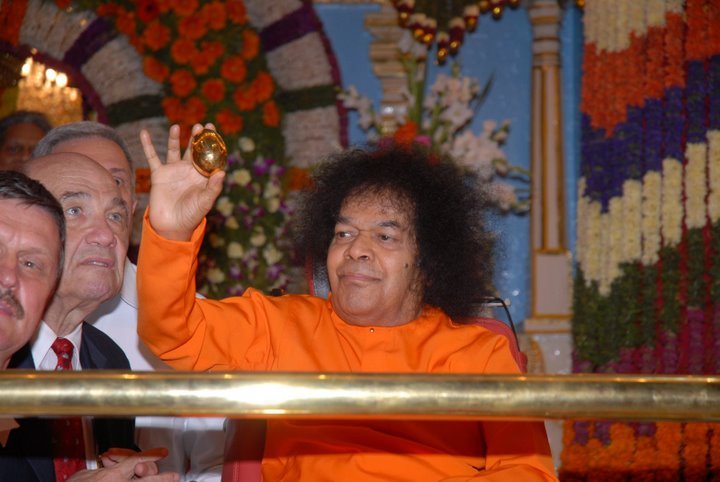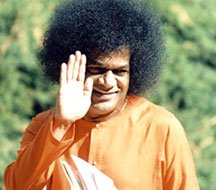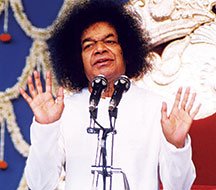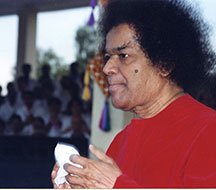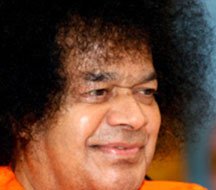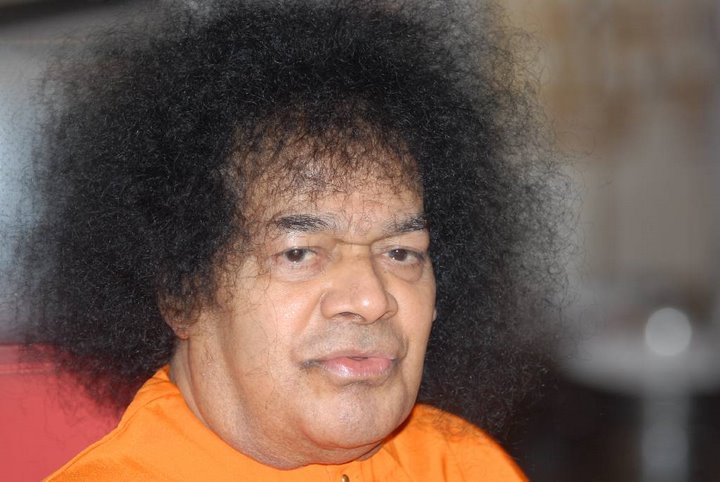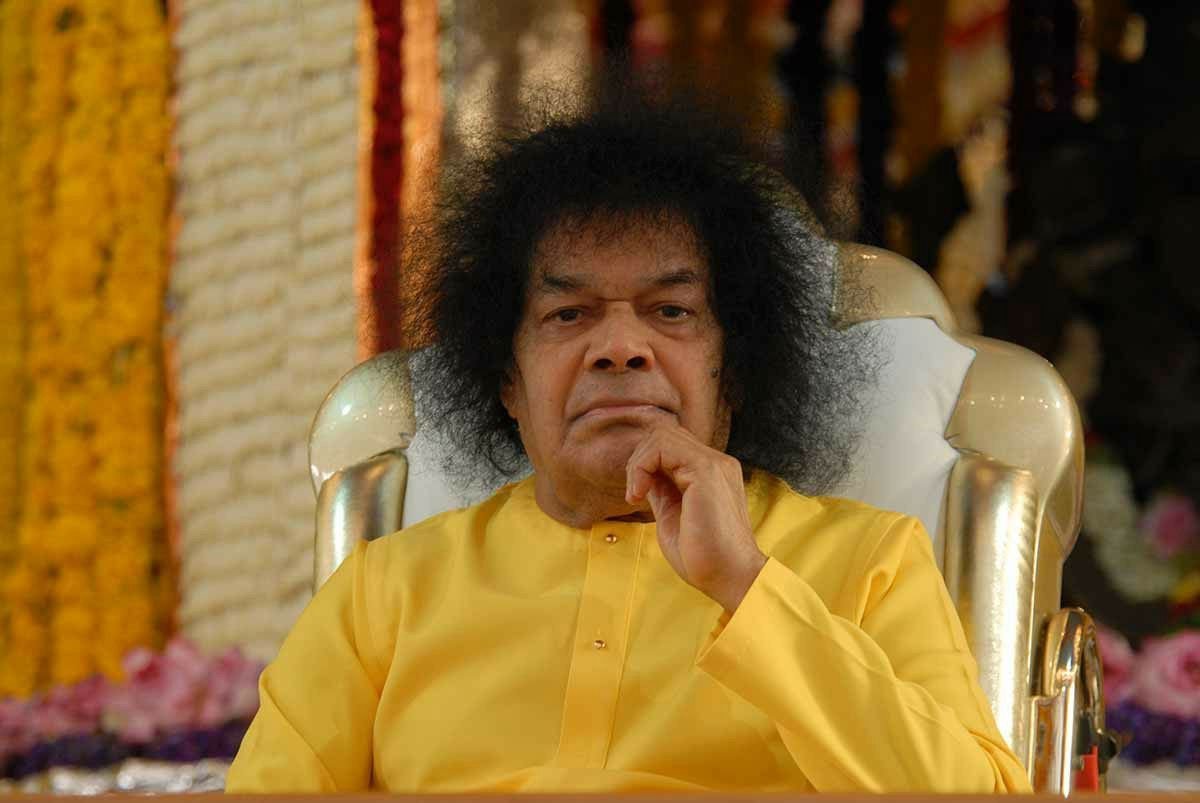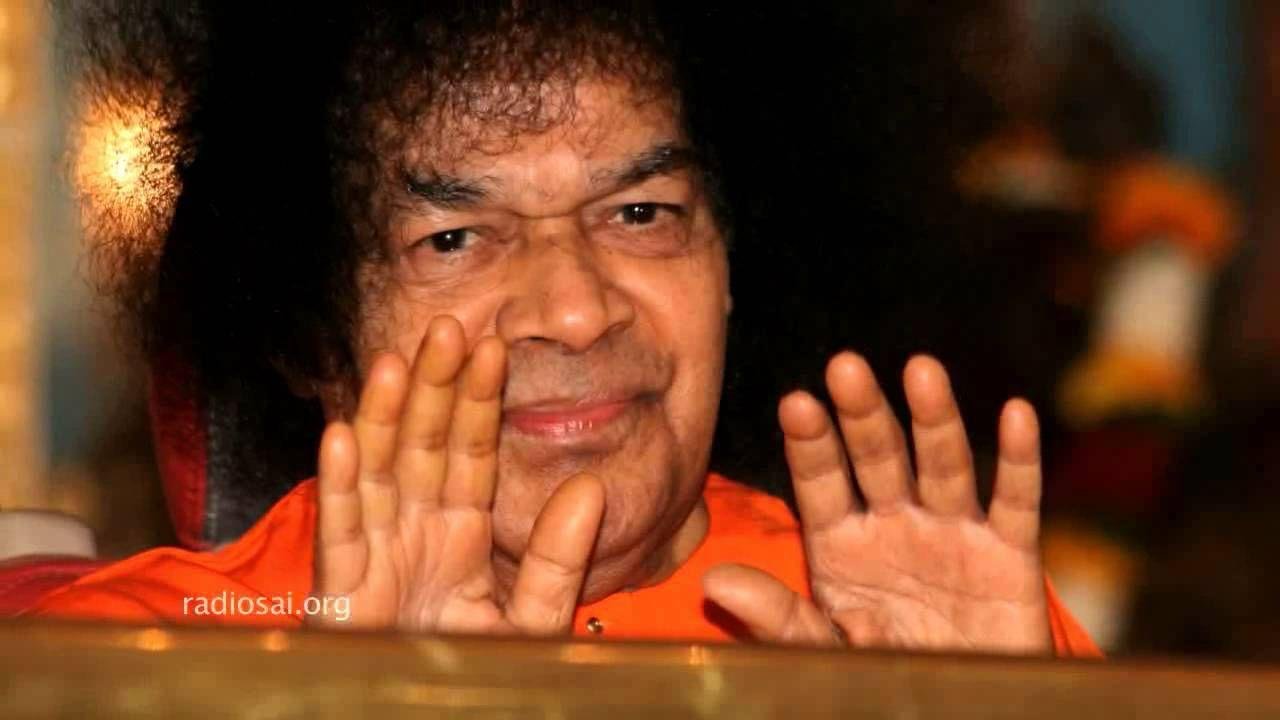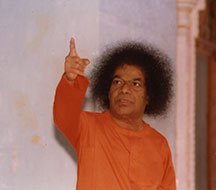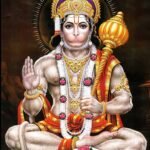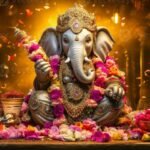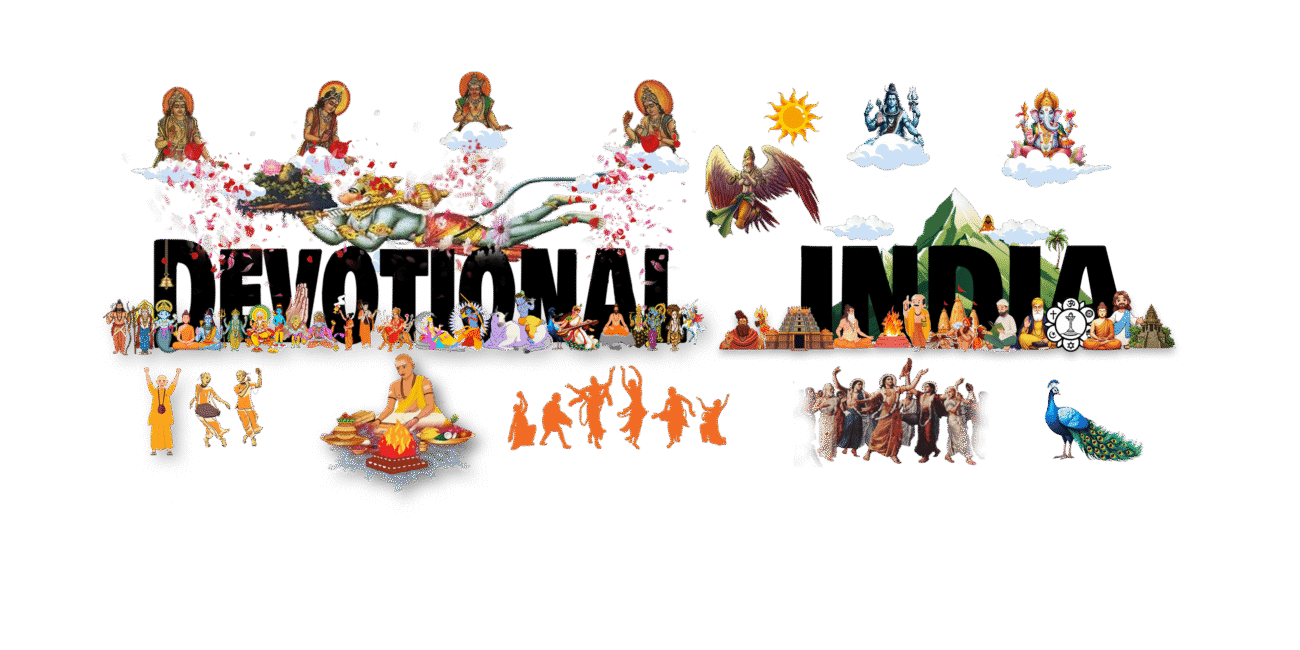Vasudevanand Saraswati

Sri Chaitanya Mahaprabhu is none other than Supreme Lord Sri Krishna,
who appeared in this Kali-yuga to inaugurate the yuga dharma for this age – Sankirtana, the congregational chanting of the Holy Names of the Lord.
Sri Chaitanya Mahaprabhu appeared at Sridhama Mayapura, in the city of Navadvipa in Bengal, on the Phalguni Purnima evening in the year 1486 AD. His father, Sri Jagannatha Mishra, a learned brahmana from the district of Sylhet, came to Navadvipa as a student. He lived on the banks of the Ganges with his wife Srimati Sachidevi, the daughter of Srila Nilambara Chakravarty, a great learned scholar of Navadvipa. Their youngest son, who was named Vishvambhara, later became known as Nimai Pandita and then, after accepting the renounced order of life, Sri Chaitanya Mahaprabhu.
Pastimes of Lord Chaitanya
The wonderful pastimes performed by Sri Chaitanya Mahaprabhu in the city of Navadvipa and in Jagannath Puri are recorded by His biographers. The early life of the Lord is most fascinatingly expressed by the author of Chaitanya-bhagavata (Sri Vrindavana Dasa Thakura), and as far as the teachings are concerned, they are more vividly explained in the Chaitanya-Charitamrita (by Sri Krishna Dasa Kaviraja Gosvami). Now they are available to the English-speaking public in our Teachings of Lord Chaitanya.
Sri Chaitanya Mahaprabhu preached the Srimad-Bhagavatam and propagated the teachings of the Bhagavad-gita in the most practical way. The essence of His teachings is recorded in Chaitanya Manjusha as follows:
Lord Sri Krishna, who appeared as the son of the King of Vraja (Nanda Maharaja), is the Supreme Personality of Godhead and is worshipable by all.
Vrindavana-dhama is non-different from the Lord and hence is as worshipable as the Lord.
The highest form of transcendental worship of the Lord was exhibited by the damsels of Vrajabhumi.
Srimad-Bhagavata Purana is the spotless literature for understanding the Lord.
The ultimate goal of human life is to attain the stage of prema or love of God.

His instructions to Srila Rupa Gosvami and Srila Sanatana Gosvami, His discussions with Ramananda Raya, the debate with the Mayavadi sannyasi Prakashananda Sarasvati and the Vedanta Sutra, the discussion between Him and Sarvabhauma Bhattacharya are excellent sources through which we understand His teachings in detail.
The Lord left only eight slokas of His instructions in writing, and they are known as the Siksastaka. All other literatures based on His teachings were extensively written by the Lord’s principal followers, the six Gosvamis of Vrindavana, and their followers.

Lord Chaitanya’s Mission – The Universal Religion
His mission was to preach the importance of chanting the holy names of the Lord in this age of Kali (quarrel). In this present age quarrels take place even over trifles, and therefore the shastras have recommended for this age a common platform for realization, namely chanting the holy names of the Lord. People can hold meetings to glorify the Lord in their respective languages and with melodious songs, and if such performances are executed in an offenseless manner, it is certain that the participants will gradually attain spiritual perfection without having to undergo more rigorous methods. At such meetings everyone, the learned and the foolish, the rich and the poor, the Hindus and the Muslims, the Englishmen and the Indians, and the chandalas and the brahmanas, can all hear the transcendental sounds and thus cleanse the dust of material association from the mirror of the heart. To confirm the Lord’s mission, all the people of the world will accept the holy name of the Lord as the common platform for the universal religion of mankind.
Jagadguru Shri Kripalu Ji Maharaj encapsulates this profound philosophy in his kirtan:
Mahāprabhu Chaitanya Hari avatārī, āpuna bhakti kare āpu murārī
He says that Chaitanya Mahaprabhu is an incarnation of Shree Krishna, who appeared as His own devotee.
Chaitanya Mahaprabhu was Shree Krishna embodying the divine sentiment of Radharani. Shree Chaitanya had Radharani’s complexion and the physical attributes of Lord Krishna. Radha is the epitome of Krishna-Prem. She is Krishna’s divine Energy and Her love provides divine bliss to the Lord.
While Shree Krishna descended as Chaitanya Mahaprabhu to disseminate pure, unadulterated devotion to God, He had other reasons to appear. He was thoroughly intrigued by the nature of Radhaji’s love for Him. Though He is the Knower of everything, He did not know the depth, nature, and ecstasy of Radha’s selfless love (nishkam prem) because He was the object of Her devotion, and that devotion resided in Her alone. Thus, if He descended imbibing the devotional sentiments of Radharani in His heart, He could experience Her bhav and relish it.
Further, Shree Krishna wondered about the sweetness and happiness that Radhaji experienced in Her love for Him. And third, He wished to know, which divine qualities induced such ecstatic devotion in Her. So, Bhagavan Shree Krishna appeared in this world as Shri Chaitanya Mahaprabhu to taste the divine love of Radharani and distribute it to all living beings.

In his earthly manifestation, Chaitanya Mahaprabhu immersed Himself in divine ecstasy as an ardent devotee lost in Krishna’s glories.
Sarvabhauma Bhattacharya: Transformation of a Vedic Scholar to a Bhakt
It is said that Sarvabhauma was an incarnation of Brihaspati, the Guru of the celestial gods, who descended to aid the Lord in His pastimes. He was known as the most erudite scholar of Vedanta, and the best Nyāyaik (master of logic) in Nadia who preached Vedanta to students in his school. As a Mayavadi, he believed that the Supreme Godhead was formless and His Attributes, Names, Forms, Virtues, and Pastimes were an illusion(maya) created for the less advanced souls to connect to the Supreme formless Brahman.

At 24, Chaitanya Mahaprabhu took sanyas from Keshava Bharati in Katwa and traveled to Puri. Upon seeing the Jagannath Temple spire from the Atharnala bridge, He was overwhelmed with devotional sentiments and rushed inside to embrace the deity, fainting in ecstasy. Mistaking Him for a vagrant, the temple guards planned to evict Him, but Sarvabhauma Bhattacharya, recognizing His divinity, took Him home.
Learning of Mahaprabhu’s noble lineage, Sarvabhauma, an esteemed scholar, suggested He adopt a more prestigious sanyas order. Sarvabhauma, concerned for the young sanyasi, offered to teach Him Vedanta to deepen His renunciation. For seven days, Mahaprabhu silently listened. When Sarvabhauma asked why He had no questions, Mahaprabhu replied that the sutras were self-evident, but Sarvabhauma’s interpretations clouded their meaning. Offended, Sarvabhauma accosted Mahaprabhu to give his interpretation of the Brahma Sutras.
While Sarvabhauma provided only nine meanings, Mahaprabhu expounded eighteen unique interpretations of the Sutras, proving Brahman’s form and qualities. Realizing Mahaprabhu’s divinity, Sarvabhauma surrendered, repenting his arrogance and falling at the Lord’s feet in devotion.
One day, Mahaprabhu brought Lord Jagannath’s mahaprasad (food offered to God before partaking) to Sarvabhauma’s house. Sarvabhauma had not yet bathed or performed his morning rituals, but he joyfully honored the prasad, contrary to his ritualistic beliefs.
Seeing his deep faith, Mahaprabhu was overjoyed and began dancing in ecstasy. Sarvabhauma joined Him and both were overcome with divine bliss, shedding tears and trembling in joy. The dry Mayavadi scholar who scoffed at divine attributes now soaked in the nectar of bhakti.
While Mayavadis dismissed the existence of maya and the distinct entity of the soul, Chaitanya Mahaprabhu envisioned a relationship between God, maya, and the soul through Achintya Bhedābhed vād, meaning ‘Inconceivable and Simultaneous Oneness and Difference’. He explained that both the soul and maya exist as energies of God—eternally connected to Him yet maintaining a simultaneous discreteness.


